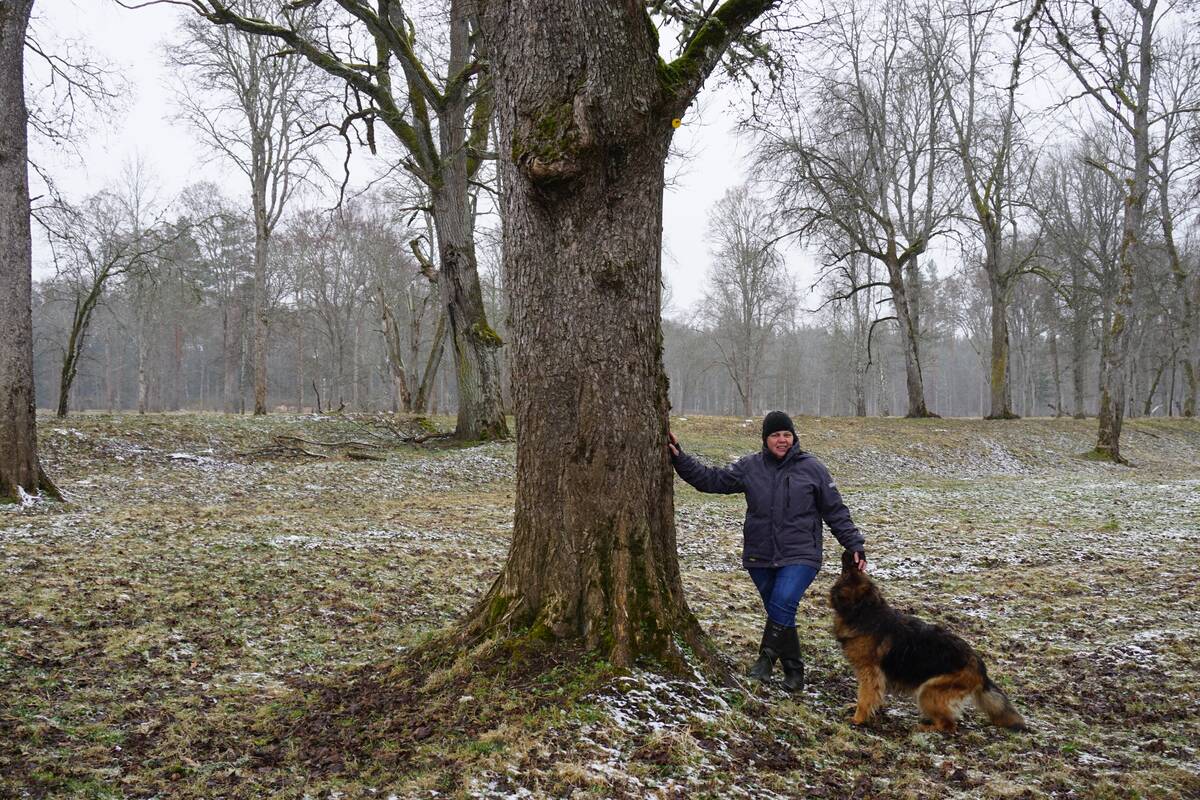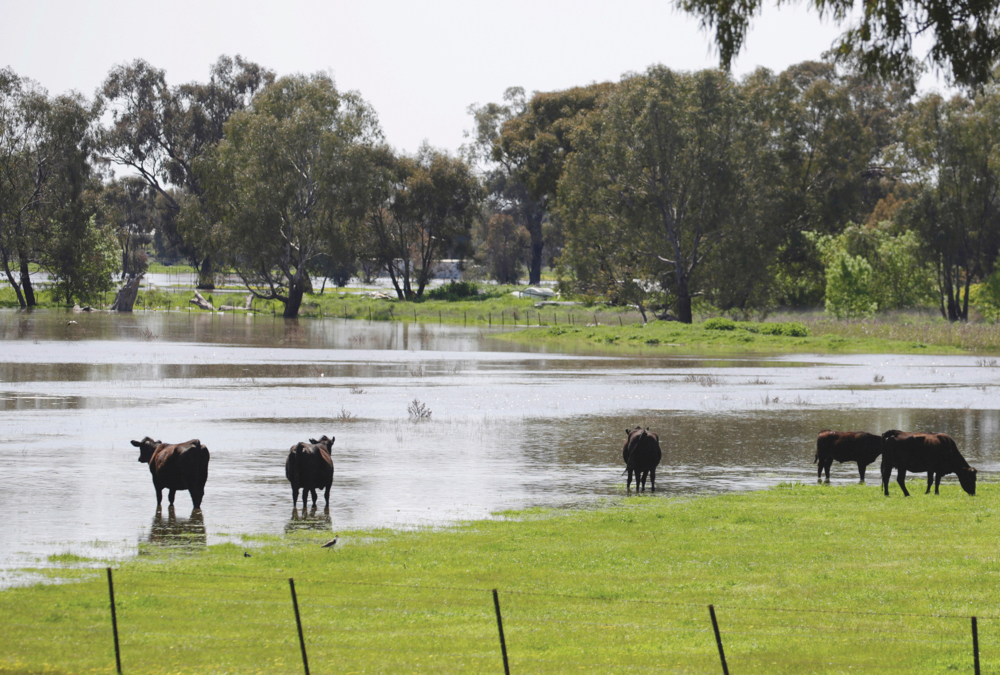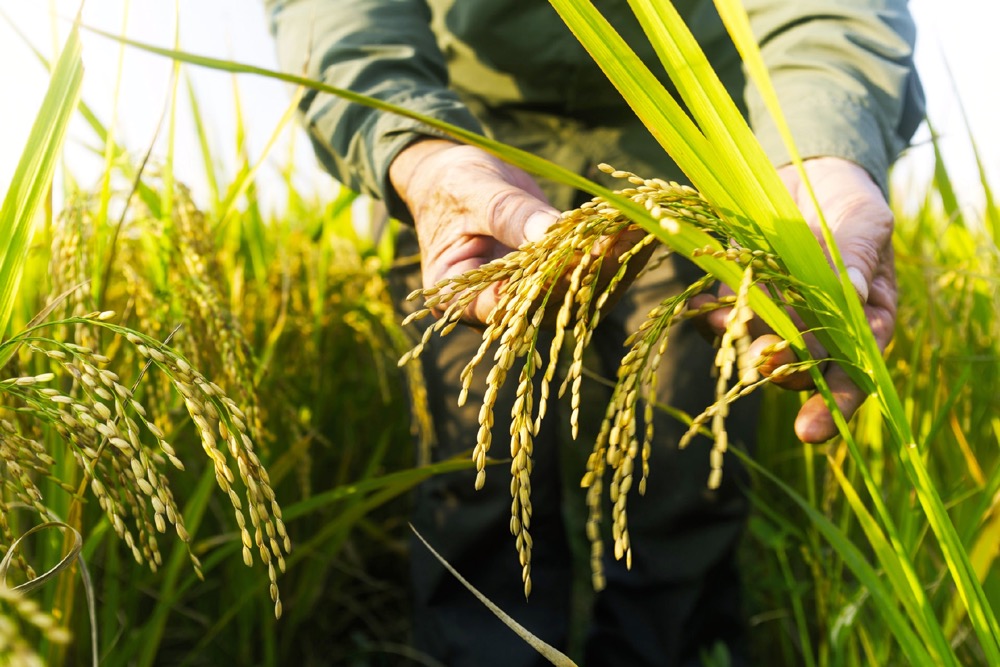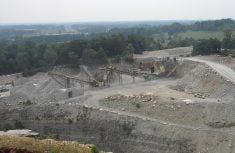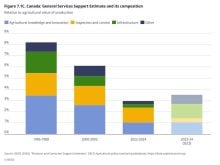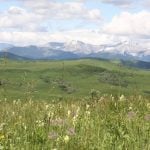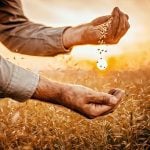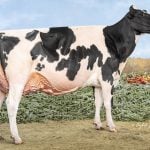The River Gauja, in northern Latvia, is a shapeshifter. Running through exceptionally sandy soils, it erodes its banks and regularly changes course through the creation of oxbow lakes. Heavy rain events and spring melts also bring considerable flooding to the surrounding Gauja River Valley.
It’s an area featuring high levels of biodiversity, but one with unique challenges for the farmers who live there.
Sanita and Ainis Āboliņš are two such farmers.
Together with their four children, Sanita and Ainis organically raise Charolais beef cattle on mixed woodland-grassland meadows — a system historically associated with the region, but was abandoned in favour of collectivized plantation forest, and in places arable production, by Soviet authorities through the 20th century. Many areas were subsequently neglected or abandoned as new production systems proved less than viable, leading to overgrowth and biodiversity declines.
Read Also
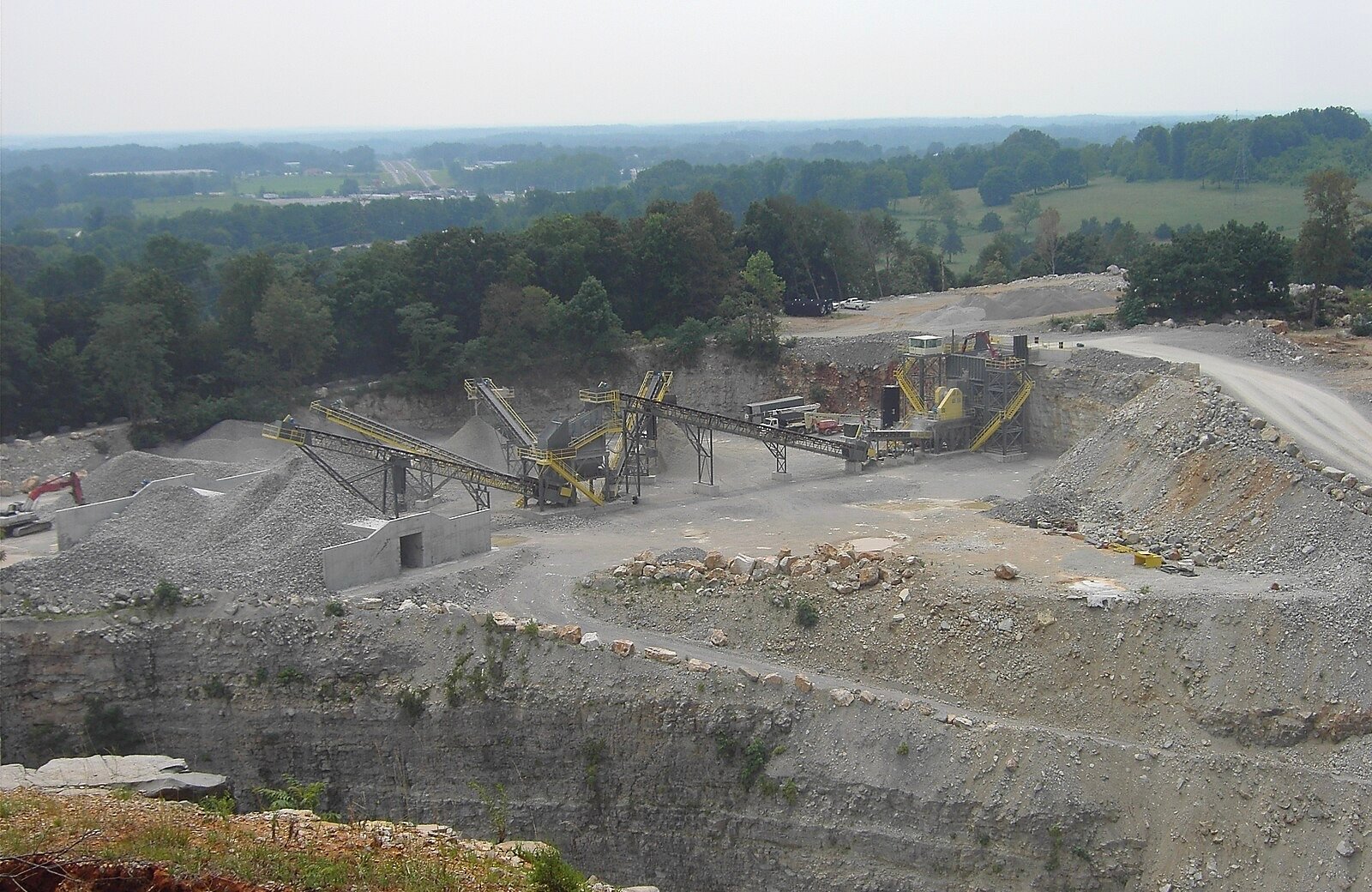
Melancthon faces a new quarry fight over water, environment and farmland risks
A proposed Strada blast quarry in Melancthon, Ont., sparks regional debate over water protection, farmland sustainability, and Ontario’s aggregate policy.
In partnership with the Latvian government and the European Union, the Āboliņš family have remediated portions of their farm back to the traditional mixed woodland-grassland grazing system, spurring ecological recovery in the process.
Water, water everywhere
The area within which the Āboliņš’ operate their business, Vekši Eco-Farm, comprises part of a wider protected landscape where high-biodiversity meadowlands and forests were historically prominent. As with grazing on Canada’s prairie grasslands, pasture-based cattle production is an ideal farming system for supporting the wide range of unique flora and fauna characteristic of the Gauja River Valley ecosystem.
Combined with sandy soil, the family’s mixed woodland-grassland meadow production system is also ideally suited to handle the area’s unique environmental conditions, particularly seasonal floods.
High-flow events in the River Gauja regularly cover nearly the entirety of Vekši Eco-Farm and other nearby farms under several metres of water. Only the barnyard and farm house are spared, thanks to the structures being built on a slight elevation called “the Island.”
When laneways and nearby roads underwater, Sanita and Ainis are forced to navigate through the meadowlands — or go to town — by boat. Their cattle hunker down on the “the Island” during such times, making their way back to the woodland meadows after the water recedes. Manure collected over winter (when their cattle remain in the barn) and during their flood refuge periods is provided to another farmer, for field application outside the floodplain.
Biodiversity and tourism
Sanita and Ainis have participated in a number of nature-focused projects. This includes invasive species control, mowing some pastures (and not mowing others) to promote different ranges of meadow species, and continued efforts to expand their existing mixed meadows by deforesting more overgrown land left abandoned by the Soviets.
Reclaiming overgrown land is hard work, requiring extensive brush cutting, tree felling, and stump grinding. But because nature protections — and thus, operational restrictions — apply across much of the region, clearing overgrown land is one of the only means of expanding their farm business. The allowance is, in part, a result of the state recognizing the link between biodiversity and the grazing systems historically practiced in the Valley.
Walking trails throughout the area’s park-like appearance are common, including across the Āboliņš farm. The trails including observation platforms highlighting the ecological value of the different forms of grassland meadows, large oak trees, and livestock. The family also maintains a recreation area with a fire pit — and outhouse — along the riverbank for guests.
While visitors generally don’t bother their cattle, Sanita says they do make a point to regularly remind people to mind the herd when in proximity. Colourful as some visitors might be, however, they enjoy being able to highlight the biodiversity of their farm, and how they’ve had success working within the unique conditions of the Guaja River Valley.




